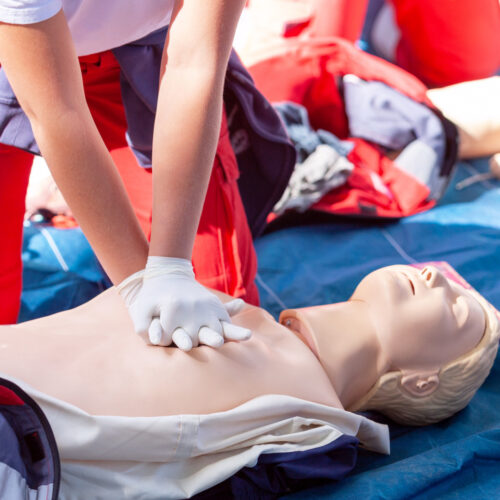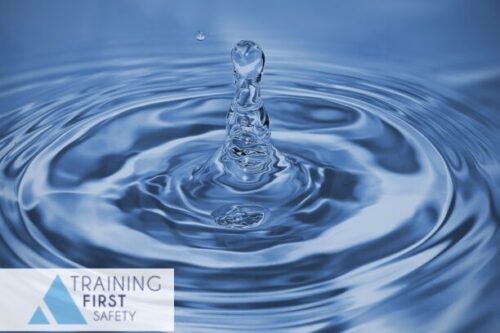Who is this qualification for?
The Highfield Level 3 Award in Emergency First Aid at Work RQF qualification is aimed at learners who wish to become emergency first-aiders in the workplace. This qualification meets the requirements for training emergency first-aiders in those organisations that have identified that staff need to be trained to this level within their first-aid needs assessment.
How long will it take?
To complete this qualification learners should expect to undertake 7 hours of learning, typically over one day, with a minimum contact time of 6 hours.
Topics covered
The qualification covers knowledge such as the roles and responsibilities of the first aider and how to assess an incident. The qualification also covers first aid skills in CPR and use of an AED, providing first aid to a casualty who is choking and dealing with external bleeding and hypovolaemic shock.
Assessment method
This qualification is assessed by a practical assessment and theory assessment.


